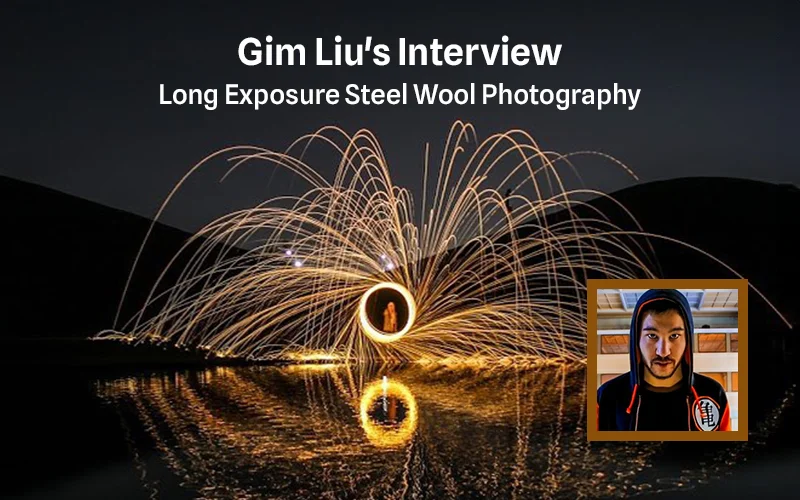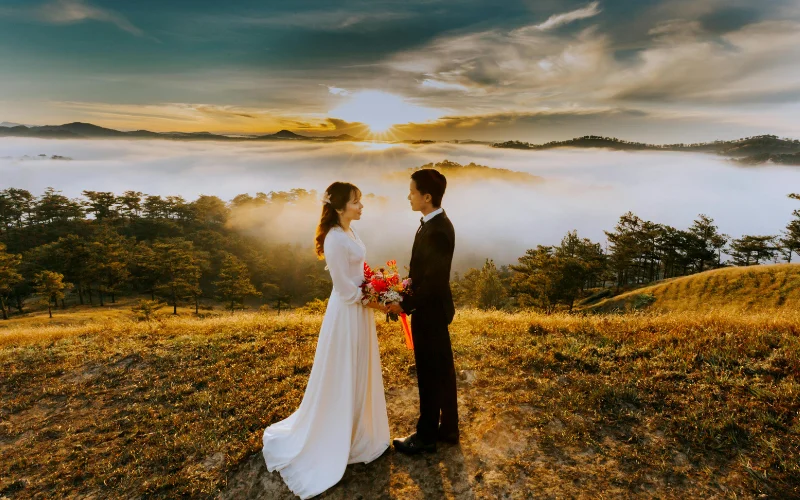On the field, photojournalist Lucio Villa never takes his eyes off what’s happening around him. If anything needs changing, his hands already know where to go. He’s learned every button, every setting, every little change that could possibly come from his camera. Instead of wasting time looking down, he’s looking for a photograph before it happens, anticipating its arrival so he’s there, ready.
As a photojournalist, Lucio comes from a long tradition of observers — those born watchers who find themselves noticing patterns and objects and details before anyone else. What’s unique about Lucio is that he also comes from Compton, California, which, fairly or unfairly, isn’t known as the most opportunistic paths to success. Yet after graduating from Cal State Fullerton, Villa has began to amass a great deal of work in a short period of time, working with the Chicago Tribune, The Chicago Reporter, and La Opinion.
In this interview, Lucio talks about his start with photojournalism, explains how Lucio was able to anticipate photographs before they happen, and reveals how he’s able to find important stories.
Lucio, you grew up in Compton, California but now shoot for some major news outlets in Chicago. How did you get your start? How would you describe your style?
Right before college, I started an internship at a Spanish newspaper in Los Angeles called La Opinion. The internship was never advertised. I just emailed everyone at the editorial desk my portfolio and my interest to intern. I already had a website with my portfolio from homework assignments and events that I covered on my own. After sending all those emails, I received a response and went to Downtown LA for the interview. Right after the interview, I was offered the internship and started right away. La Opinion has only three staff photographers, and while I was an intern, two of them went on vacation and I took on a freelance position with them. The freelance position lasted about a year, but it was not enough, financially. I still had to keep my retail job I had since college in order to pay rent/bills. So I kept applying to other opportunities and was offered a paid three-month photojournalism internship at The Chicago Reporter. In the summer of 2012, two good friends and I drove to Chicago to start the internship. I left behind a stable job in retail, which I hated, and arrived with the little bit of money that I saved and the enthusiasm to start off my career. It was daunting to leave behind a stable flow of income for only a three-month guarantee of income, but it forced me to work even harder. It forced me to concentrate on covering daily assignments, long-term projects, and networking. After the three-month internship, I was offered a nine-month photojournalism fellowship at The Chicago Reporter and decided to stay. Since my completion of the fellowship in June 2013, I have met the right people, built a stronger portfolio and a new set of skills, so I ‘ve been able to sustain myself from freelancing for editorial, corporate, and PR/Marketing clients.
I read that you started with computer science in college. What made you switch to photojournalism? What attracted you to this medium?
I started computer science, CS, at Cal Poly Pomona but photography was always a hobby for me. I picked up my first camera in high school. It was a Kodak point-and-shoot with 3.1 megapixels. While studying CS, I took a black-and-white and a photojournalism course and realized that this was my calling. My professor, Lorena Turner, for the photojournalism course notice my “eye for news” and encouraged me to apply for the photo editor position at the campus newspaper. I was the photo editor for two years and later transferred to Cal State Fullerton where I receive my B.A. in Photo Communications.
Did you ever feel pressured by your family to take a more reliable job?
Surprisingly, I was not heavily pressured by my family to take on a more reliable job. My parents agreed and encouraged me with my decisions. My mother does not really understand the freelance life, and she always pressures me to look for something more stable. But, so far, freelancing has been stable for me, and with time and work, my list of clients will increase.
You have a great eye for story and mood. For instance, in Occupy LA, you were able to capture this couple’s intense gaze (above). What camera techniques help you focus on capturing story? Any insights you want to share with other photojournalists?
Know your camera to the point where you do not have to look at it to change settings. I am constantly looking for light and how it changes to calculate the exposure and depth-of-field in my head, so as I move into different environments, my camera settings are ready and adjust as needed. This is crucial since you can miss moments while adjusting settings, especially when going inside, since the ISO can be at 200 and the shutter at 1/500th of a second and needs to be changed to ISO 800 and 1/125th of a second. In that case, I would’ve made this adjustment as I am walking inside. I also love to observe people and anticipate their next move. When shooting events where there is a herd of photographers shooting from the same position, I avoid them to create my own image, eventually taking a photo from a position no one else thought of.
Done Vida is great. Could you explain your aims with this project?
This project is to showcase my web-developing skills. I created my website from scratch and Done Vida is presented as a storytelling package. I thought that my six-month documentary project would not suffice as a stand-alone slideshow. All photojournalists display their work as slideshows with captions, and I wanted to break away from that expectation and present it as a package. I used Twitter Bootstrap, Flexslider’s, Google Charts, Queries and much more. Currently, I am working on more web projects that will encompass data visualizations and more JavaScripts.
Photojournalists have a great ability to bring visibility to issues they find important. How did you find Jorge Mariscal? What advice you would give to other photojournalists about finding stories they want to share?
I first met Jorge Mariscal at a hunger strike where his mother was participating in. I was interning at The Chicago Reporter, and my assignment was to cover just the ongoing hunger strike. I went beyond the hunger strike and built a relationship with the community involved in the strike. I wanted to show the life of Mariscal and why people were fasting. As I was documenting the hunger strike, I built a relationship with Mariscal, and he allowed me to tell his story. Initially, I thought it was only going to be a short documentation of Mariscal, but in the end the project was completed within six months. I still keep in touch with him and thinking about continuing documenting his life post-surgery. My advice to photojournalists looking for stories is to immerse themselves in the community they want to cover. Attend meetings, protests, marches, and build relationships, find your lead and share your ideas with the community to figure out how it would be best to portray the story you are trying to tell. I have attended meetings without a camera to find story ideas.
As a Latino, I’m really inspired by your story. What advice would you give to other Latinos about getting their work out there? Any contemporary photographers that inspire you?
As bilingual photojournalists, there are twice as many opportunities out there. Let that sink in. I say perfect your Spanish and apply to Spanish mainstream media as well. EFE is the largest Spanish international wire and one of the top 4 wire services in the world — alongside AFP, AP, and Reuters. I say apply everywhere not just Spanish publications, look for internships and fellowships. I follow the work of many photo collectives like NOOR, VII, Magnum, and Prime. Those photographers are the ones who keep photojournalism alive and well.
Be sure to check out all the work of Lucio on his website!



















